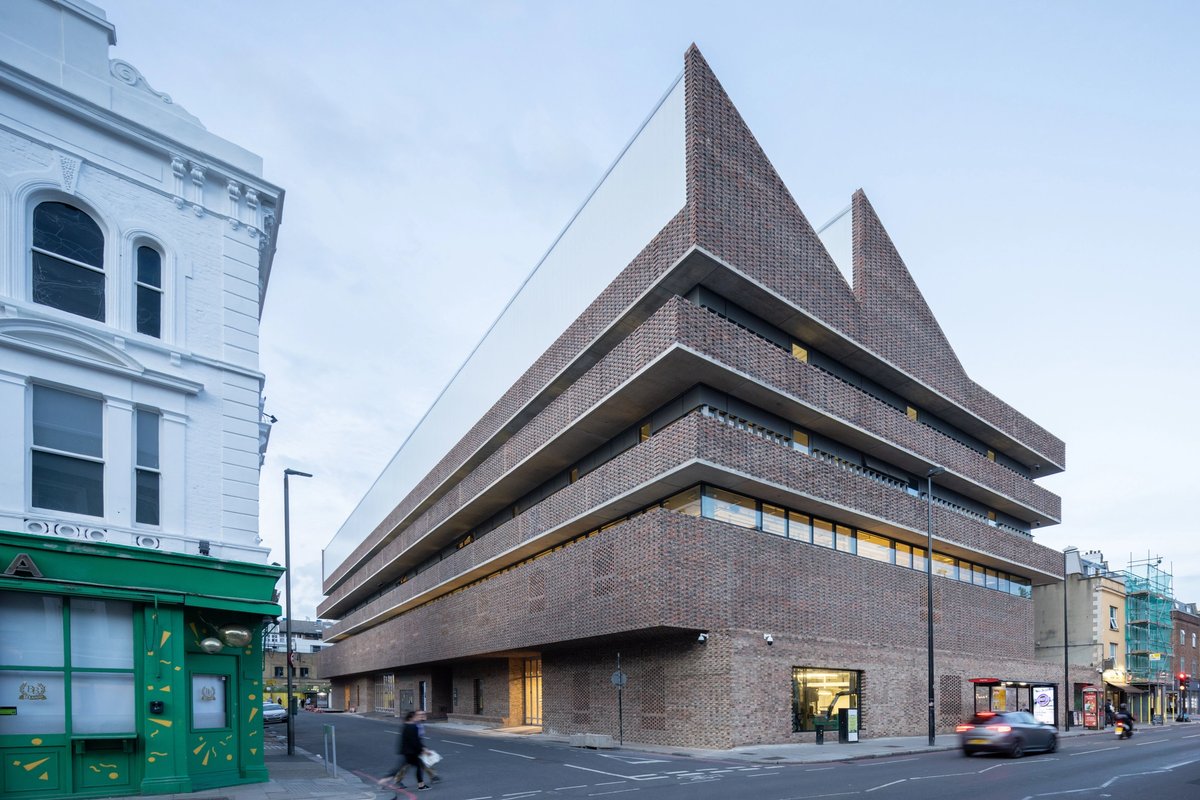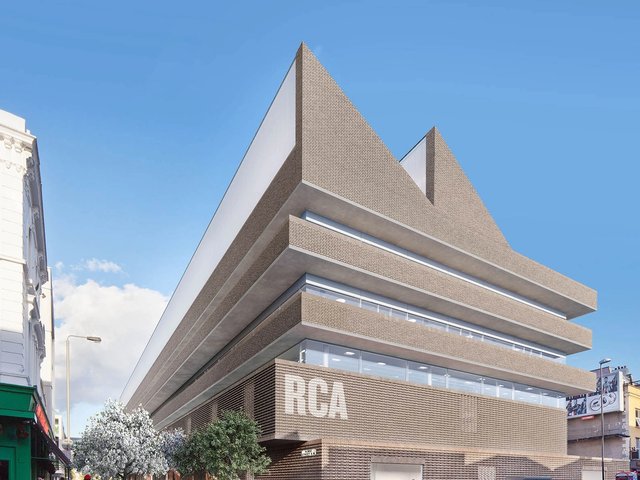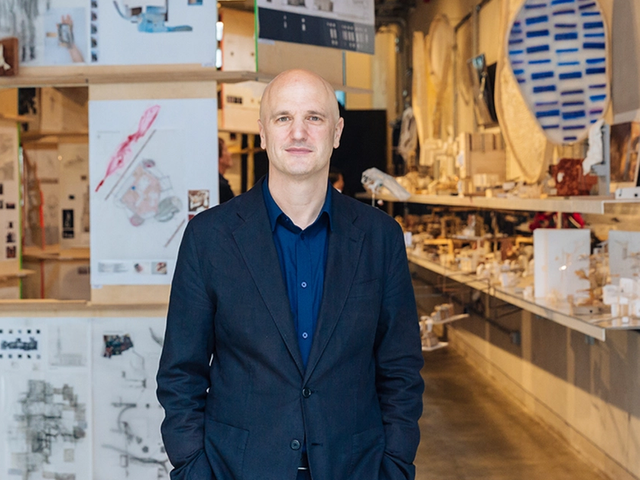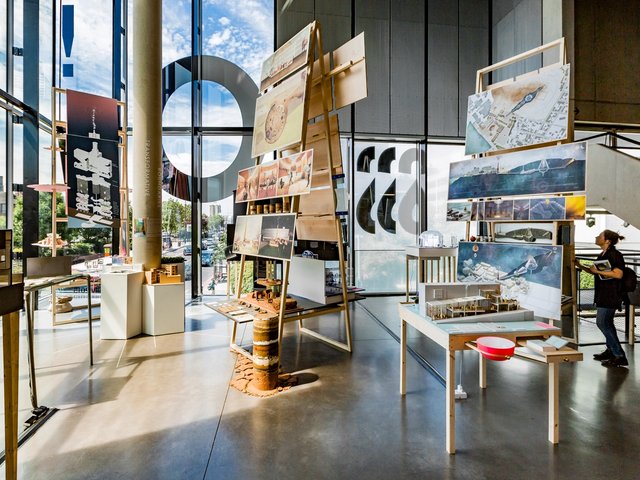The Royal College of Art (RCA) is today unveiling its £135m campus development in Battersea, south-west London. It is designed by Herzog & de Meuron, the Basel-based architects who were responsible for Tate Modern’s 2016 extension. Both buildings share similar textured brickwork on their facades.
The UK Treasury made an unusually large £54m “matching” grant, which encouraged private donors. Most important was a £15m donation from the Sigrid Rausing Trust, established by the Swedish philanthropist whose grandfather set up the food packaging company Tetra Pak. The Spiegel Family Fund, headed by Los Angeles-based Evan Spiegel (the co-founder of the social media company Snap), gave £8m. Other donors include the trusts of the Clore Duffield, Linbury, Helen Hamlyn, Wolfson and Garfield Weston families.
Founded in 1837, the RCA is the world’s largest institution for postgraduate art and design studies, with 2,300 students. Its famed graduates include artists Tracey Emin, David Hockney and Henry Moore.
Along with its 1850s building in South Kensington, it has other London campuses at White City and Battersea. The Battersea site, which focuses on the fine arts, has now been more than doubled in size. In a space known as The Hanger there will be exhibitions open to the public.
The main additions are a four-storey studio building on Howie Street and a linked eight-storey research and innovation centre on nearby Parkgate Road. The most striking aspect of their exteriors is the textured facade, which incorporates 450,000 bricks.
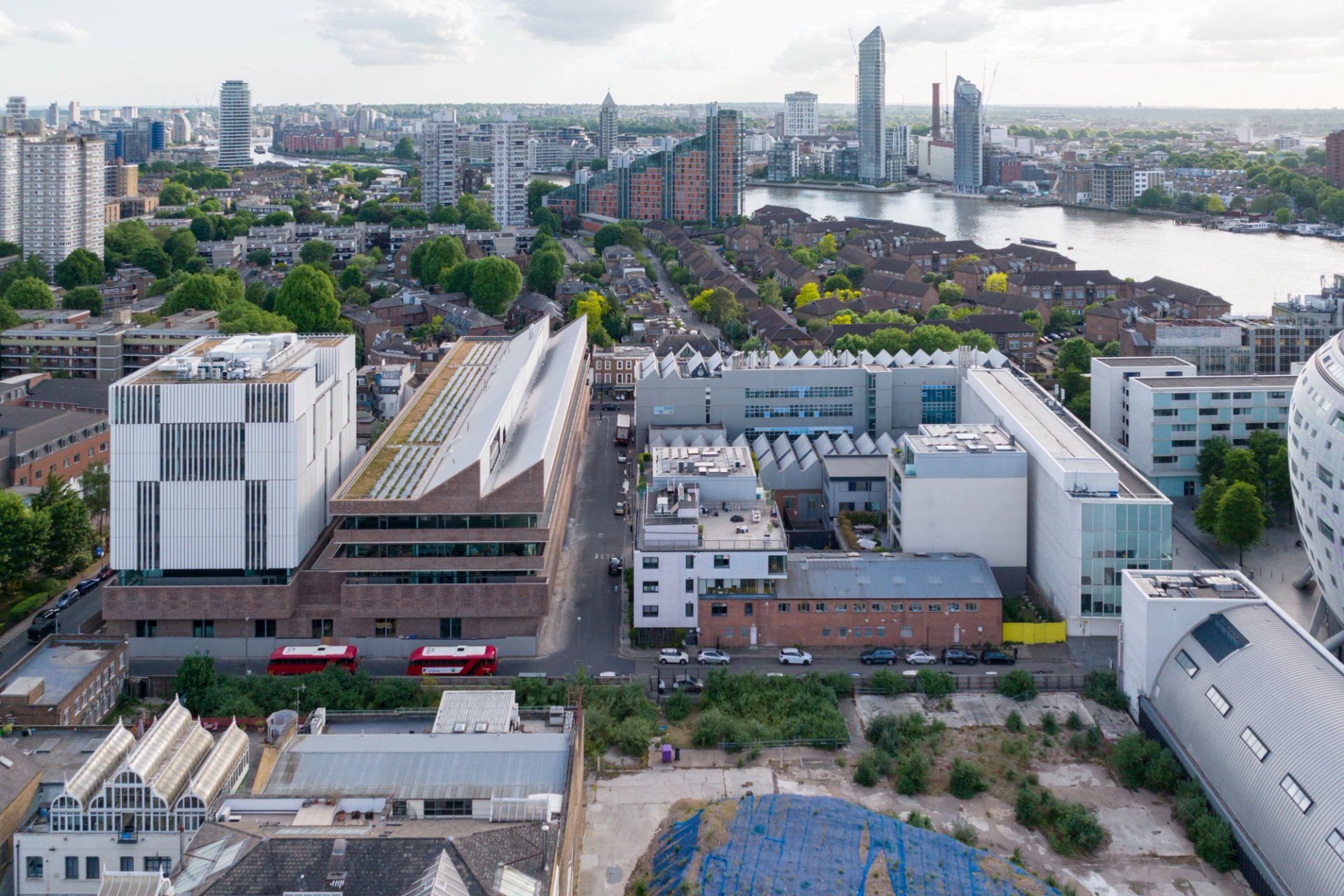
The Battersea site has been more than doubled in size Photo: © Iwan Baan
Brexit and Covid-19 have created serious problems for the college. Brexit resulted in a 60% reduction in students from the European Union joining last September. According to the college’s latest annual accounts, “our financial sustainability is highly sensitive to our student numbers and it is uncertain what the longer-term effects of the pandemic and Brexit will be”. Covid-19 delayed completion of the building work from last autumn.
With the opening of the Battersea campus, the RCA is setting out to double the percentage of “Black British and People of Colour students and researchers from under-represented backgrounds”, with more scholarships and funds. Some of this support will come from the Sir Frank Bowling scholarships, backed by the artist‘s name and funded from money raised by the college.


